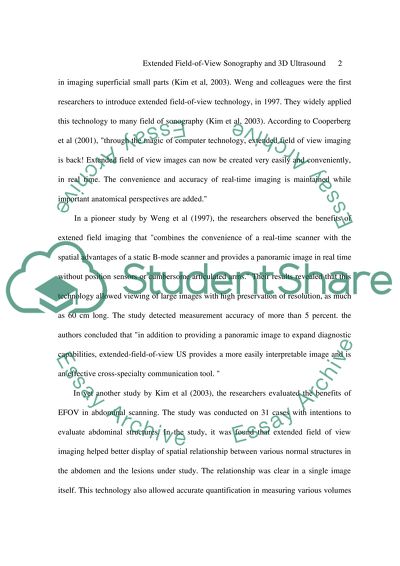Cite this document
(New Imaging Technology and Transducers of Ultrasound Research Paper - 1, n.d.)
New Imaging Technology and Transducers of Ultrasound Research Paper - 1. Retrieved from https://studentshare.org/technology/1571988-ultrsound-image-modality
New Imaging Technology and Transducers of Ultrasound Research Paper - 1. Retrieved from https://studentshare.org/technology/1571988-ultrsound-image-modality
(New Imaging Technology and Transducers of Ultrasound Research Paper - 1)
New Imaging Technology and Transducers of Ultrasound Research Paper - 1. https://studentshare.org/technology/1571988-ultrsound-image-modality.
New Imaging Technology and Transducers of Ultrasound Research Paper - 1. https://studentshare.org/technology/1571988-ultrsound-image-modality.
“New Imaging Technology and Transducers of Ultrasound Research Paper - 1”, n.d. https://studentshare.org/technology/1571988-ultrsound-image-modality.


